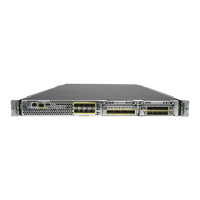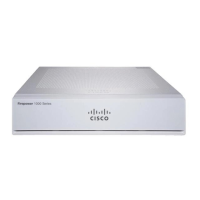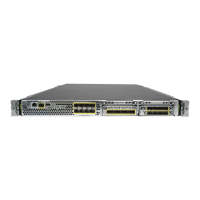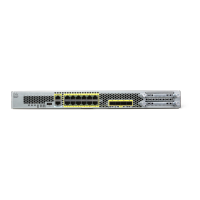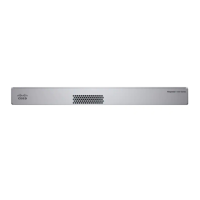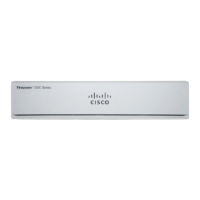42-13
Cisco Security Appliance Command Line Configuration Guide
OL-10088-01
Chapter 42 Monitoring the Security Appliance
Configuring and Managing Logs
hostname(config)# logging buffered critical
or
hostname(config)# logging buffered level 2
For the message_list option, specify the name of a message list containing criteria for selecting messages
to be saved in the log buffer.
hostname(config)# logging buffered notif-list
Viewing the Log Buffer
To view the log buffer, enter the following command:
hostname(config)# show logging
Changing the Log Buffer Size
By default, the log buffer size is 4 KB. To change the size of the log buffer, enter the following command:
hostname(config)# logging buffer-size bytes
Where the bytes argument sets the amount of memory used for the log buffer, in bytes. For example, if
you specify 8192, the security appliance uses 8 KB of memory for the log buffer.
The following example specifies that the security appliance uses 16 KB of memory for the log buffer:
hostname(config)# logging buffer-size 16384
Automatically Saving the Full Log Buffer to Flash Memory
Unless configured otherwise, the security appliance address messages to the log buffer on a continuing
basis, overwriting old messages when the buffer is full. If you want to keep a history of logs, you can
configure the security appliance to send the buffer contents to another output location each time the
buffer fills. Buffer contents can be saved either to internal Flash memory or to an FTP server.
When saving the buffer content to another location, the security appliance creates log files with names
that use a default time-stamp format, as follows:
LOG-YYYY-MM-DD-HHMMSS.TXT
where YYYY is the year, MM is the month, DD is the day of the month, and HHMMSS is the time in hours,
minutes, and seconds.
While the security appliance writes the log buffer contents to internal Flash memory or an FTP server,
it continues saving new messages to the log buffer.
To specify that messages in the log buffer should be saved to internal Flash memory each time the buffer
wraps, enter the following command:
hostname(config)# logging flash-bufferwrap
Automatically Saving the Full Log Buffer to an FTP Server
See the “Saving the Current Contents of the Log Buffer to Internal Flash Memory” section for more
information about saving the buffer.
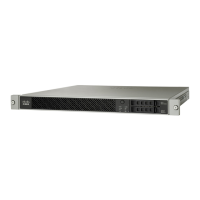
